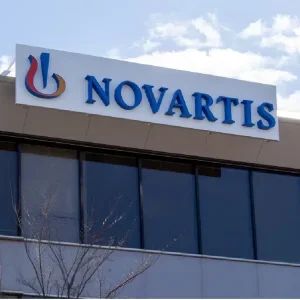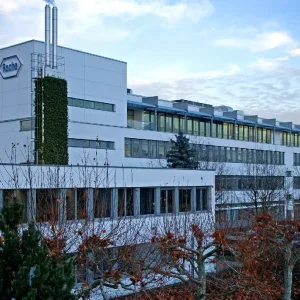PTC Therapeutics said that the biologics license application (BLA) for its gene therapy candidate Upstaza (eladocagene exuparvovec) has been accepted for filing by the US Food and Drug Administration (FDA).
The BLA seeks the approval of Upstaza for treating aromatic L-amino acid decarboxylase (AADC) deficiency.
The FDA has granted the application priority review status, with a target regulatory action date set for 13 November 2024.
AADC deficiency is a rare and fatal genetic disorder that usually leads to severe disability and suffering starting from the first months of life, impacting all aspects of a person`s physical, mental, and behavioural development.
PTC Therapeutics CEO Matthew Klein said: “We are excited to be one step closer to bringing an approved therapy to patients with AADC deficiency in the United States.
“The data collected to date continue to support the transformative benefit of Upstaza, this highly innovative gene therapy directly infused into the brain.”
Upstaza is a one-time gene replacement therapy designed for patients aged 18 months and older who have been clinically, molecularly, and genetically confirmed to have a severe phenotype of AADC deficiency.
According to PTC Therapeutics, its gene therapy candidate employs a recombinant adeno-associated virus serotype 2 (AAV2) to deliver a functioning human DDC gene directly into the putamen.
The process aims to correct the underlying genetic defect by increasing the AADC enzyme and restoring dopamine production, crucial for neurological function.
The safety and efficacy of Upstaza have been validated through various clinical trials and compassionate use programmes since the first patient was dosed in 2010, said the Nasdaq-listed biopharmaceutical company.
In these trials, the gene therapy candidate has shown to bring transformational neurological improvements. Common side effects observed include initial insomnia, irritability, and dyskinesia.
The administration of Upstaza requires a stereotactic surgical procedure, a minimally invasive neurosurgical technique used to treat various pediatric and adult neurological disorders. This procedure is conducted by a qualified neurosurgeon at centres specialising in stereotactic neurosurgery for ensuring a targeted and precise delivery of the gene therapy.






